When it comes to operating a boat for the first time, there’s several things to consider that will make the experience much safer and more enjoyable for everyone.
The most important tip to start with is this: A boat is not a car.
As obvious as that may sound, do not expect your boat to handle the same as a car. I had a student tell me recently that had they considered this before venturing out for the first time without a lesson, they would have had fewer problems controlling the boat.
New boaters will find that docking and manoeuvring at slow speeds is the most challenging, whereas operating in open water with more speed is simpler because the boat responds better to the helm. At a dead slow speed or when drifting in neutral, steering is greatly reduced. Small single engine boats need to be “in gear to steer”. Simply being in gear without any throttle added is sufficient to give you good steerage control for docking and close quarters manoeuvring.
Here are some tips to help you to get safely underway:
Weather: Not every day is a boating day. When the wind picks up beyond 10 knots (20km/h), two things occur: the waves get bigger and docking becomes more difficult. Always check the marine forecast for conditions in the area where you will be boating and pick the calm, windless days for learning. Environment Canada is a great source for marine weather information.
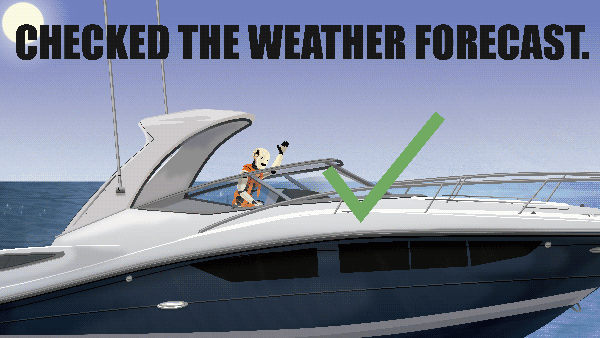
The helm (wheel): Get to know your helm in terms of how much you need to make the boat turn. Inexperienced boaters often don’t use enough wheel to get the boat turning quickly, and they often forget to bring the wheel back to centre once the turn is almost complete. This often results in over-steering. I recommend having “quick hands” when working the wheel and don’t forget to bring it back to centre before the turn is completed.
Shifter(s): Learn to shift efficiently in and out of gear. This can be practiced at the dock while securely tied on with a bow, stern and a spring line. When practicing your shifts, don’t add any throttle. The more efficient you are at finding the gear you want, the easier it is to remain in control.
Slow speed control: Some situations require a slow speed such as when docking. You don’t always need to be in gear, especially as you are closing in on the dock. Using several short shifts in and out of gear will help you maintain a slower speed and to maintain steerage.
Docking: A successful docking is one where you are always in control of your direction and speed. The objective is to come along side the dock and to drift the last few feet until the fenders touch. Pay attention to your speed and maintain just enough for steerage. Finally, be careful to avoid boating on those windy days as this certainly makes docking more difficult. Every new boater needs time at the helm to build their skills and confidence. Learn the basics first and you will be better prepared for those windy dockings!
Written by Craig Hamilton – Master Instructor at BoaterSkills.ca

Taking a boat handling lesson is always a good choice to help you develop your skills and confidence. At BoaterSkills.ca, their professional instructors come to you to teach on your boat. They create a comfortable learning environment for you and your crew to learn in. From trailering to docking, anchoring, open water operation and more, a personal instructor will customize your lesson and is always there to assist. A prepared boater is a safe boater!
Book a clinic with them and you can earn a BoaterSkills.ca Safe Boater Endorsement certificate that can save you money on your marine insurance. Visit BoaterSkills.ca for more information or to book a private clinic on your own boat.
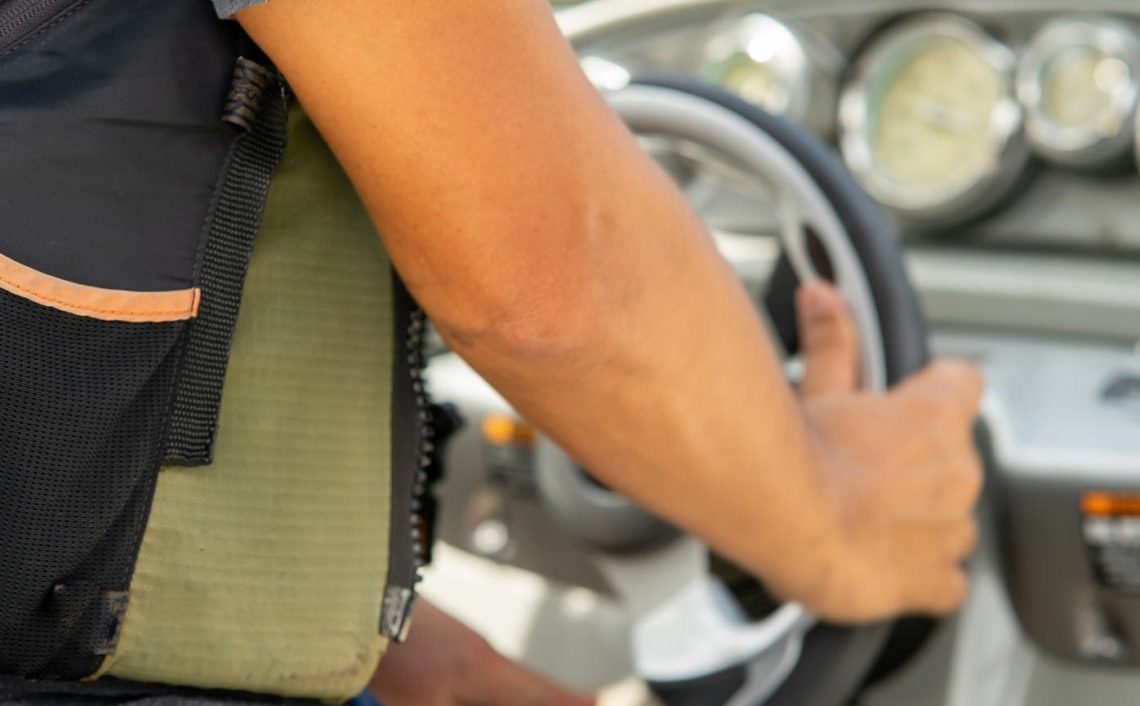
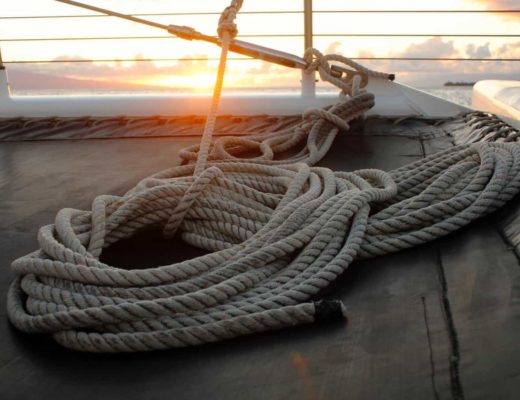
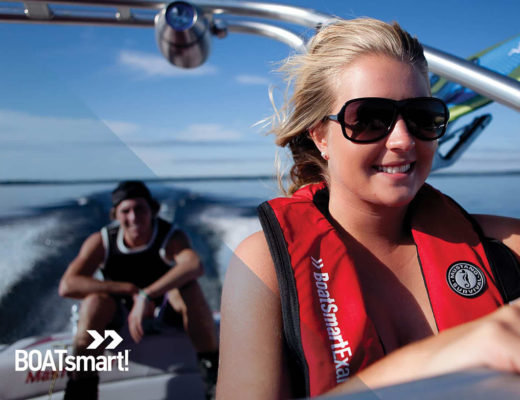

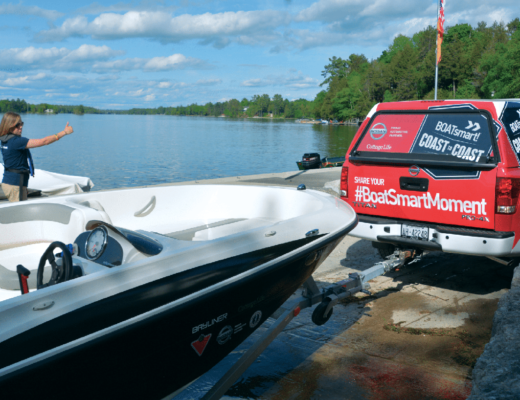

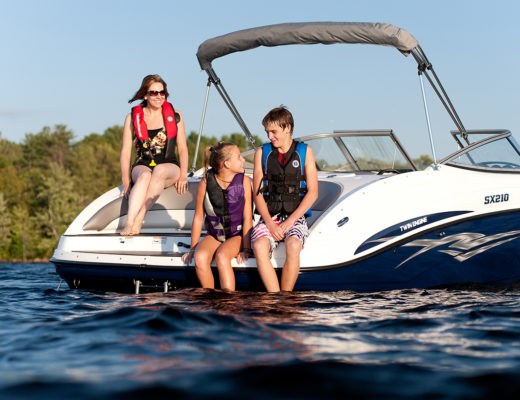
There is One comment
Pingback:foods allowed on keto diet
Comments are closed.